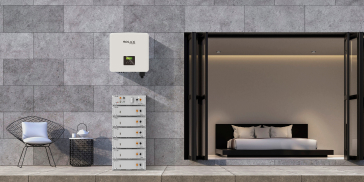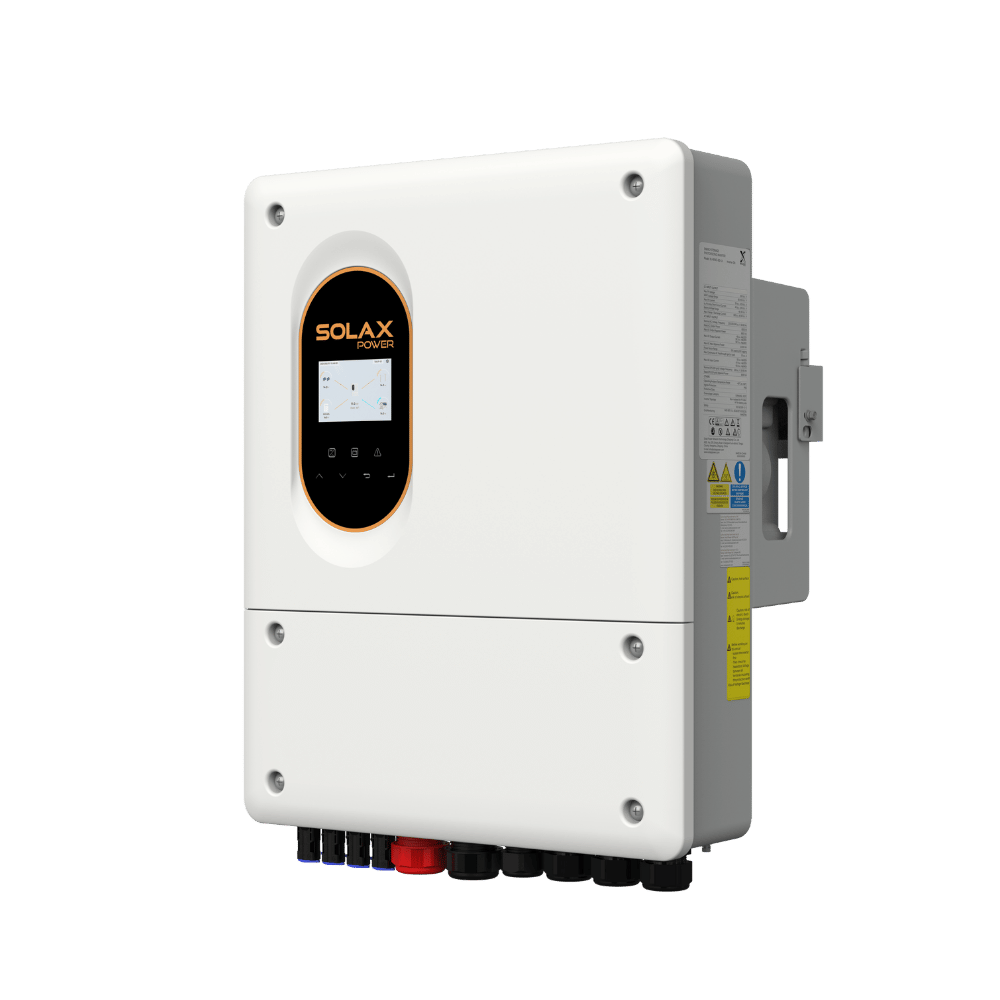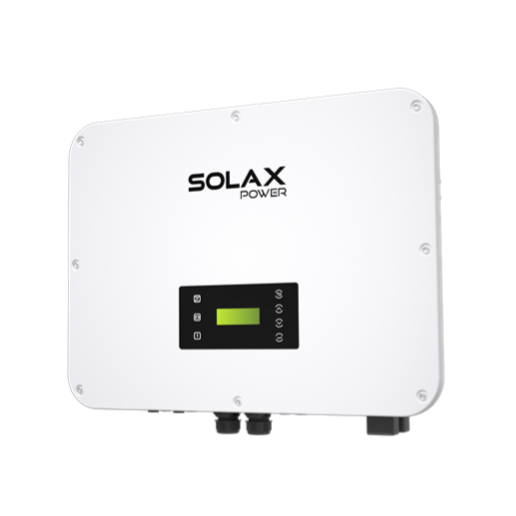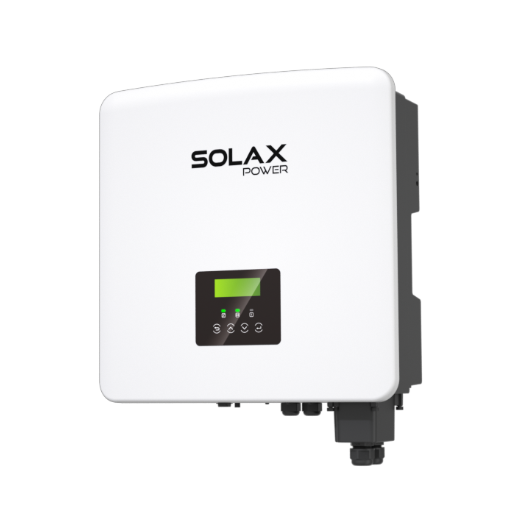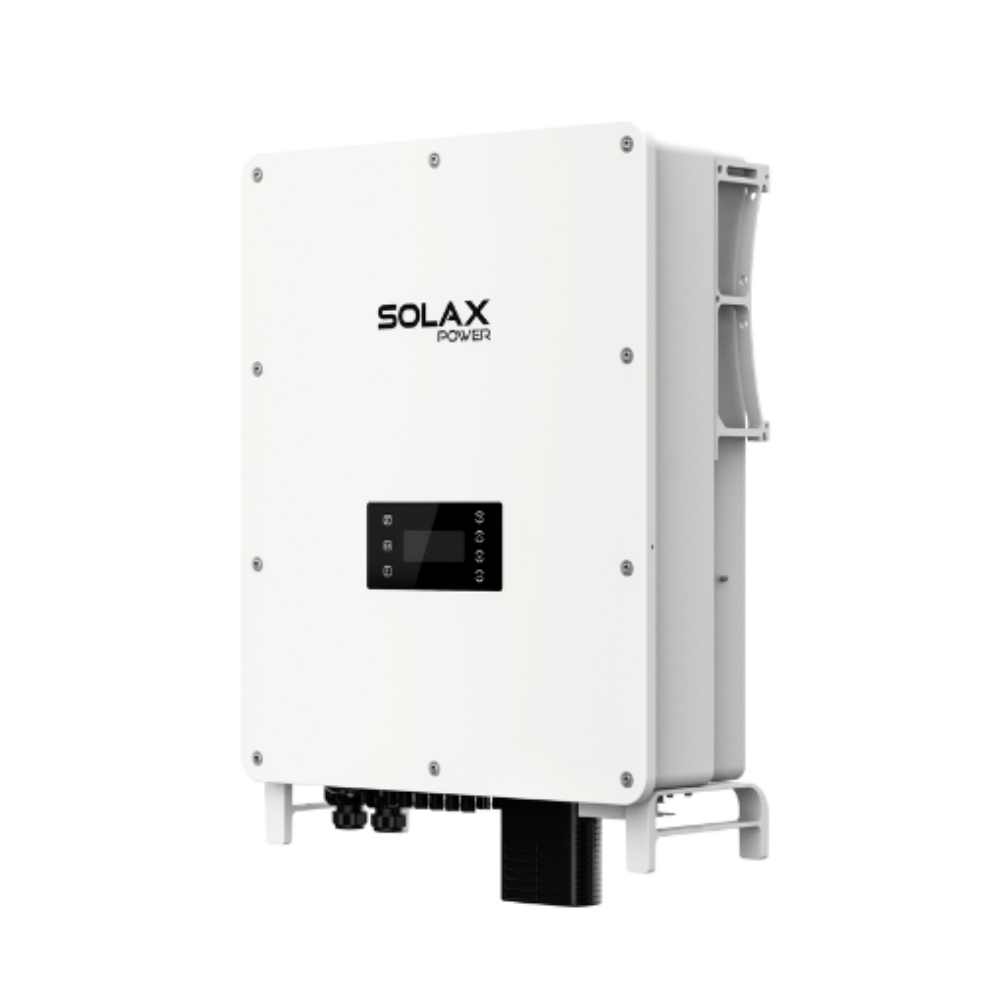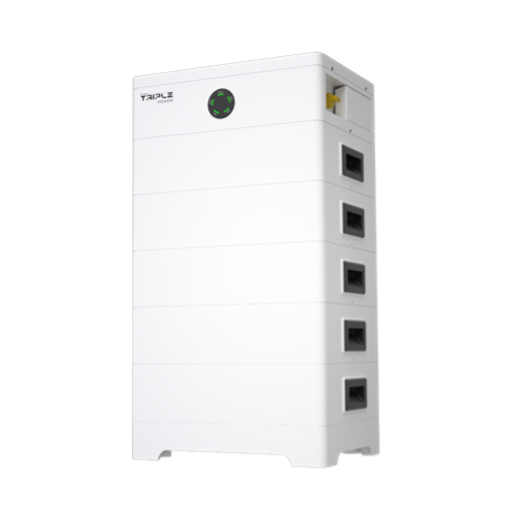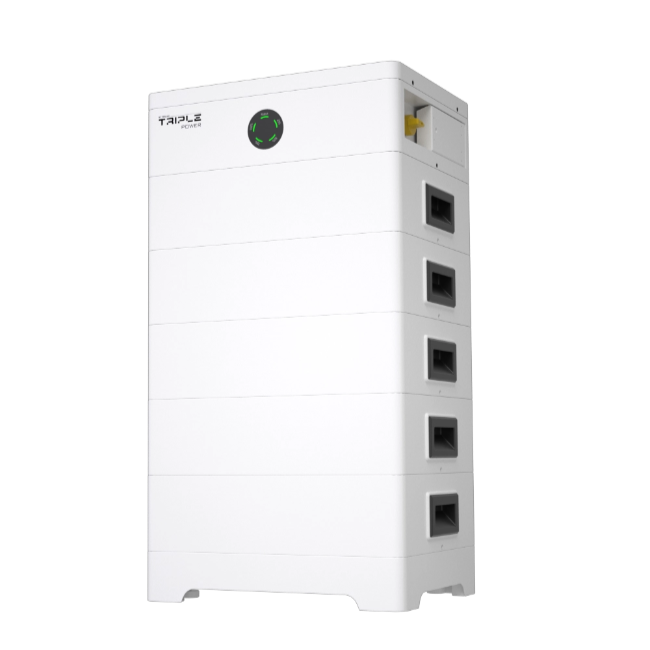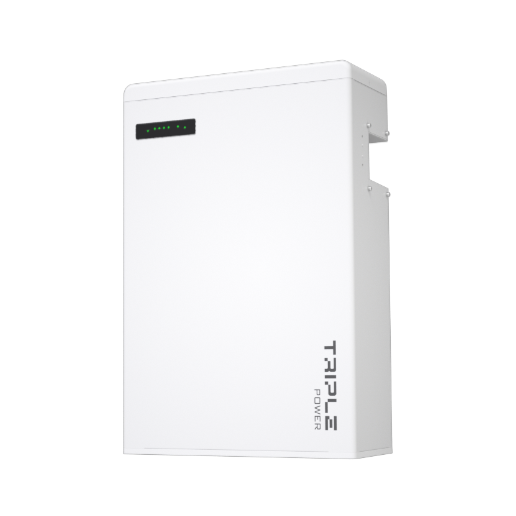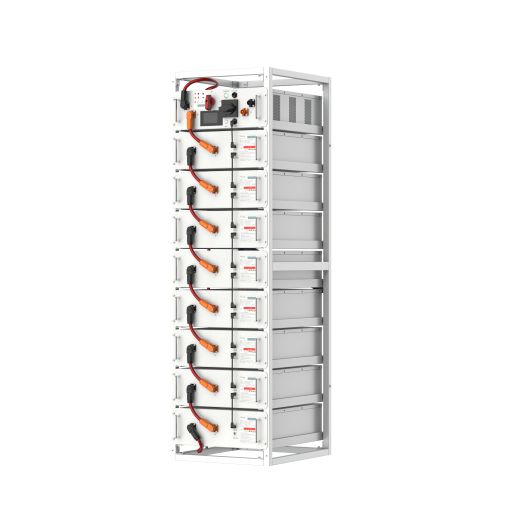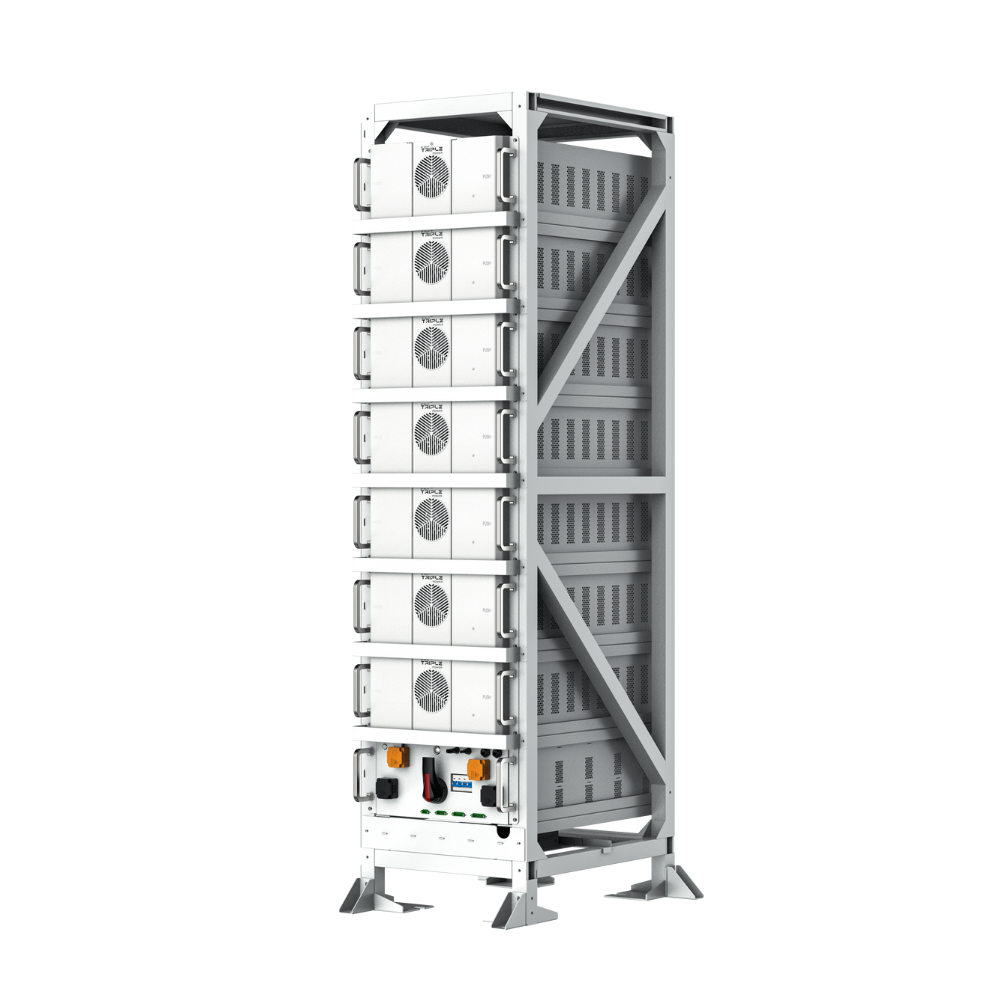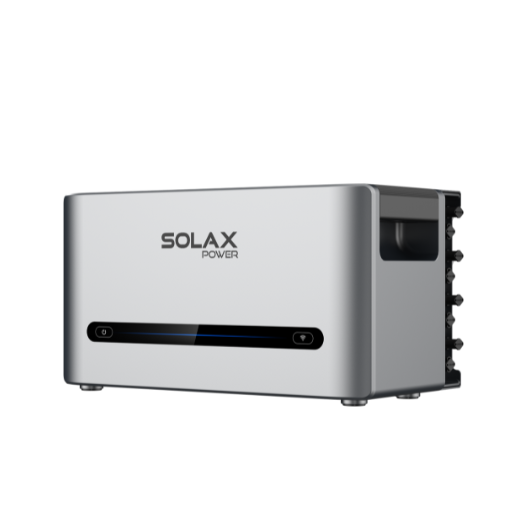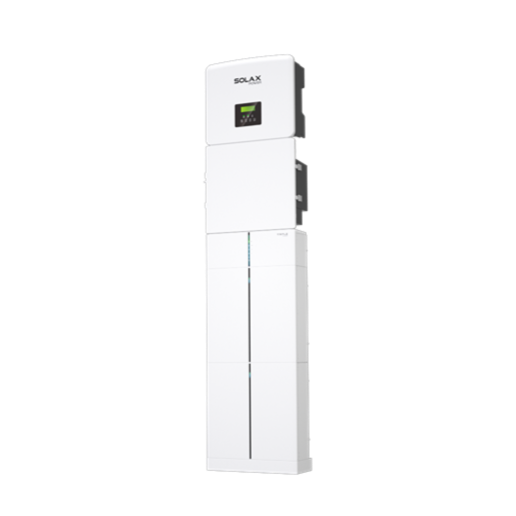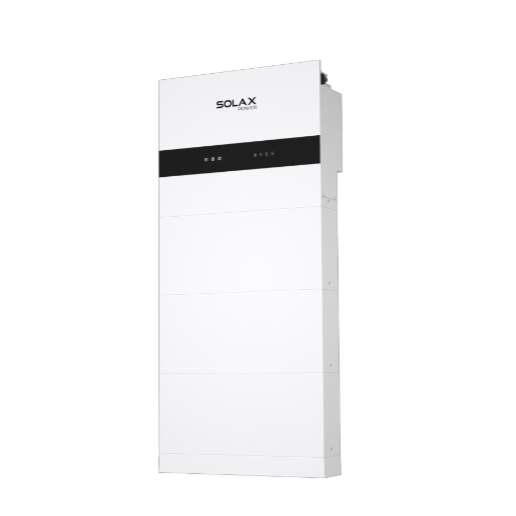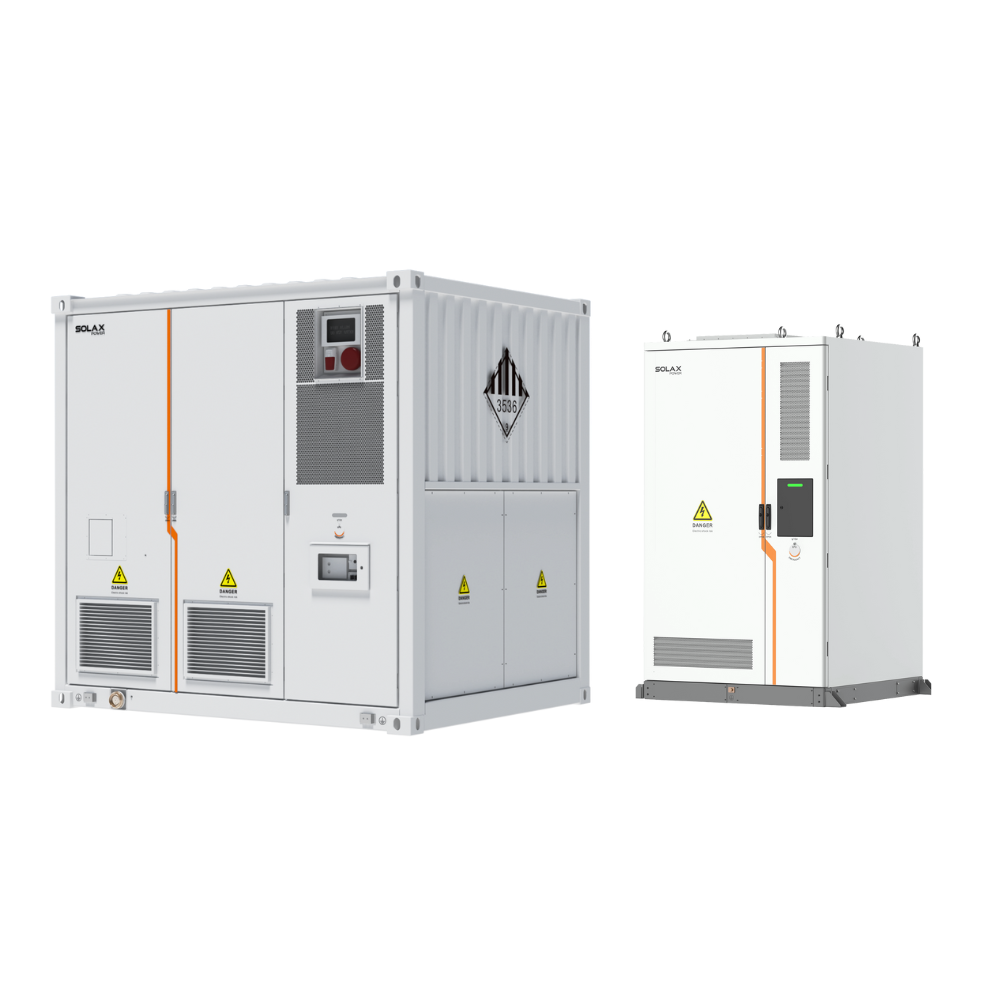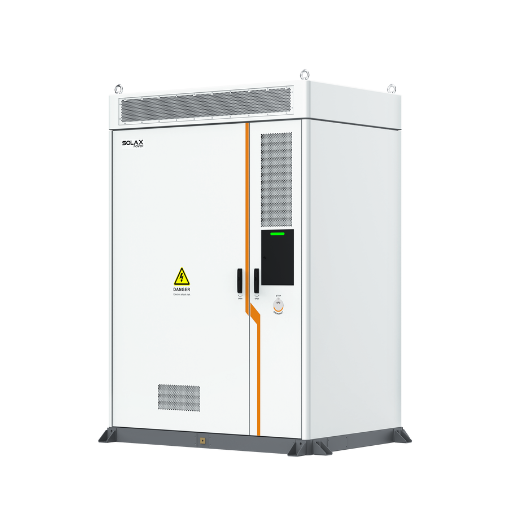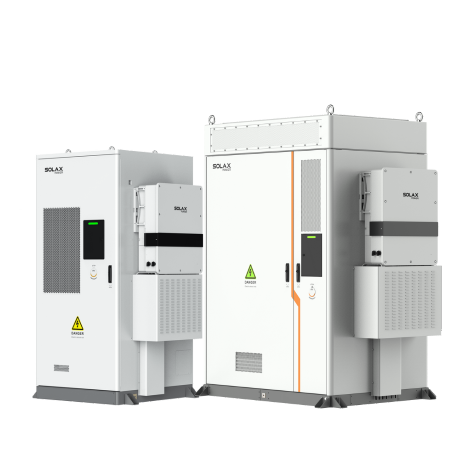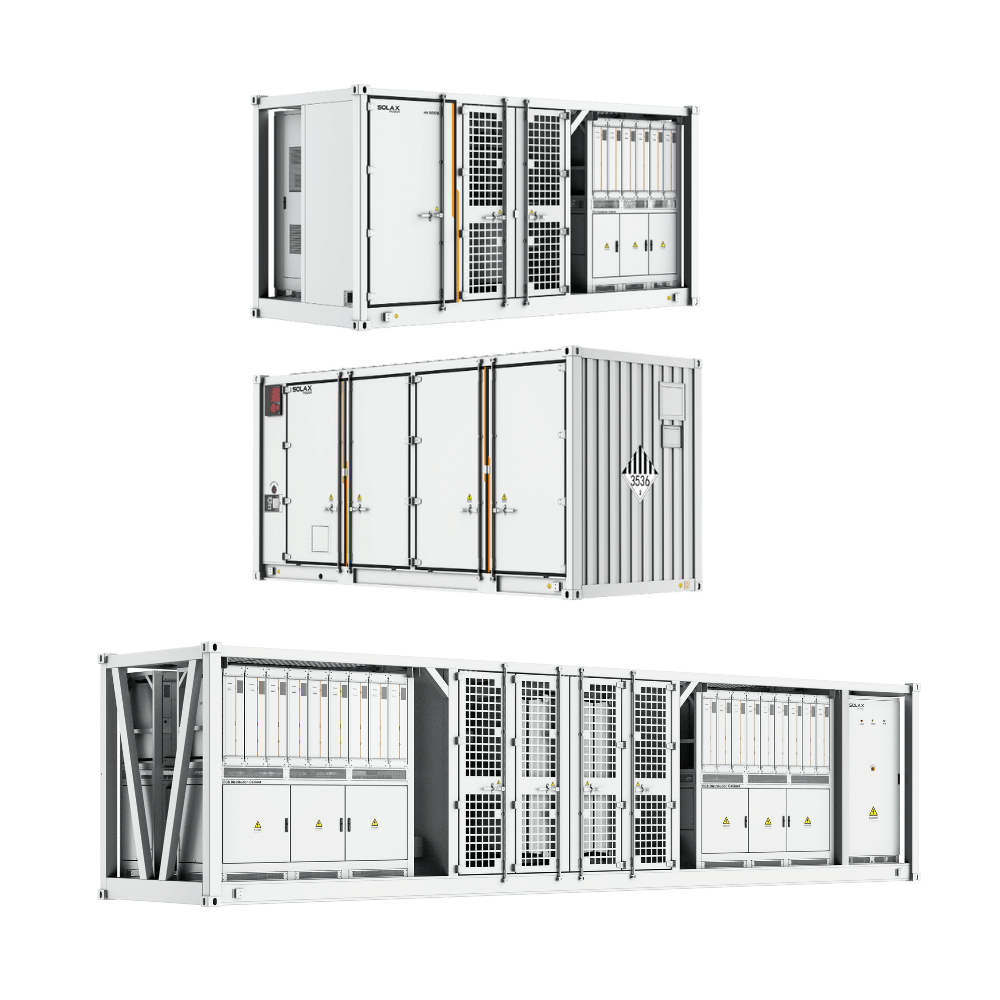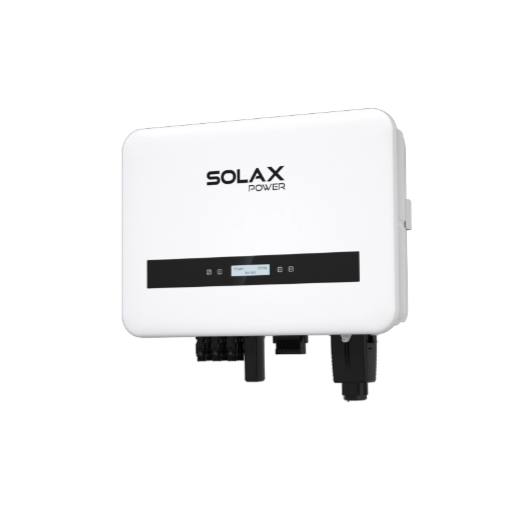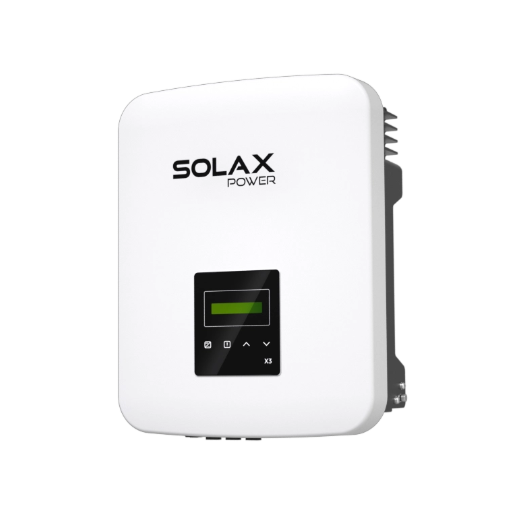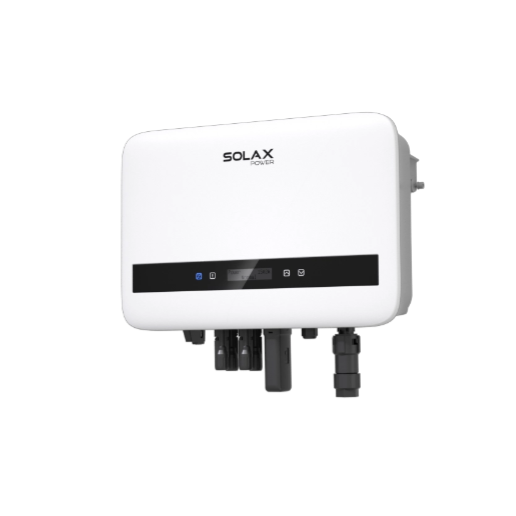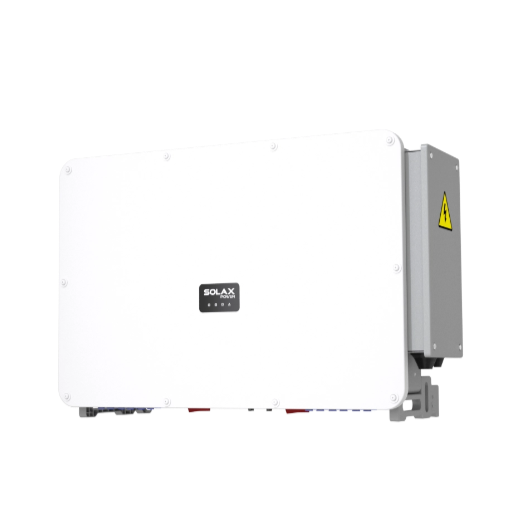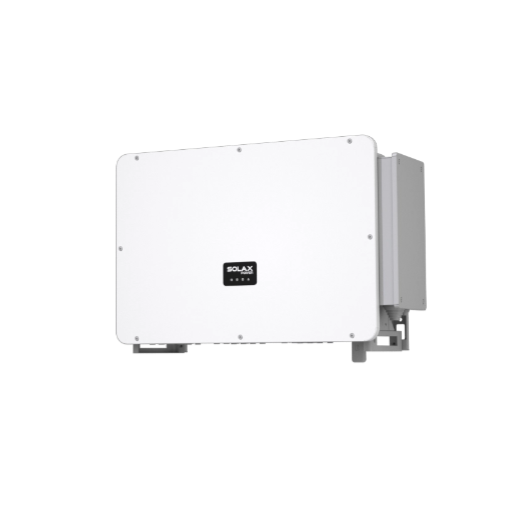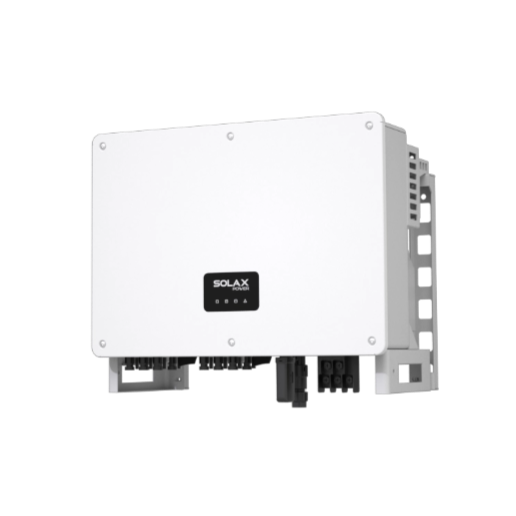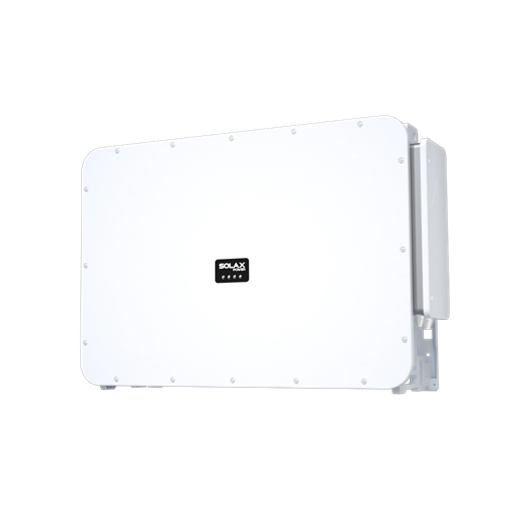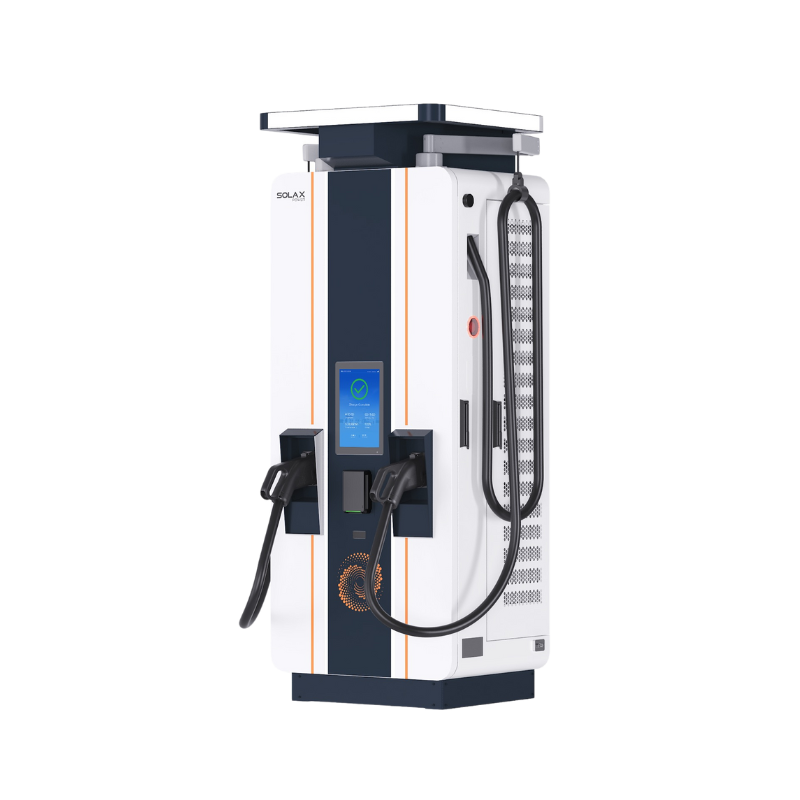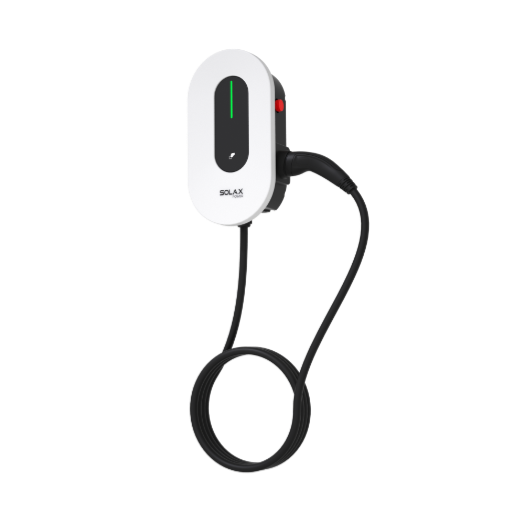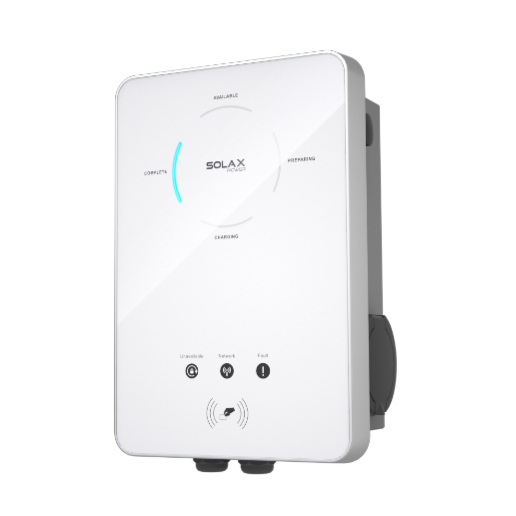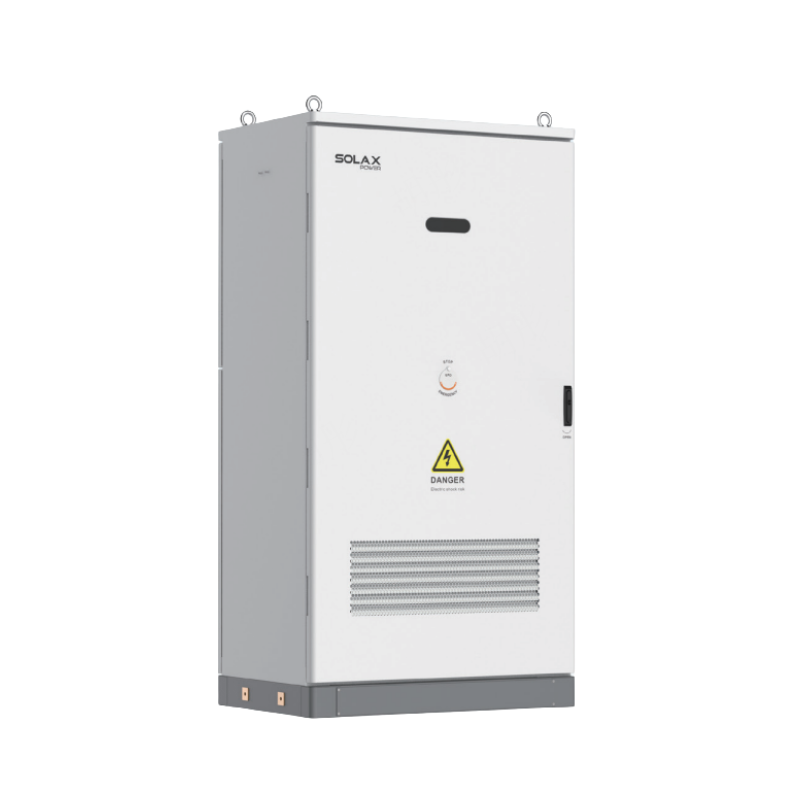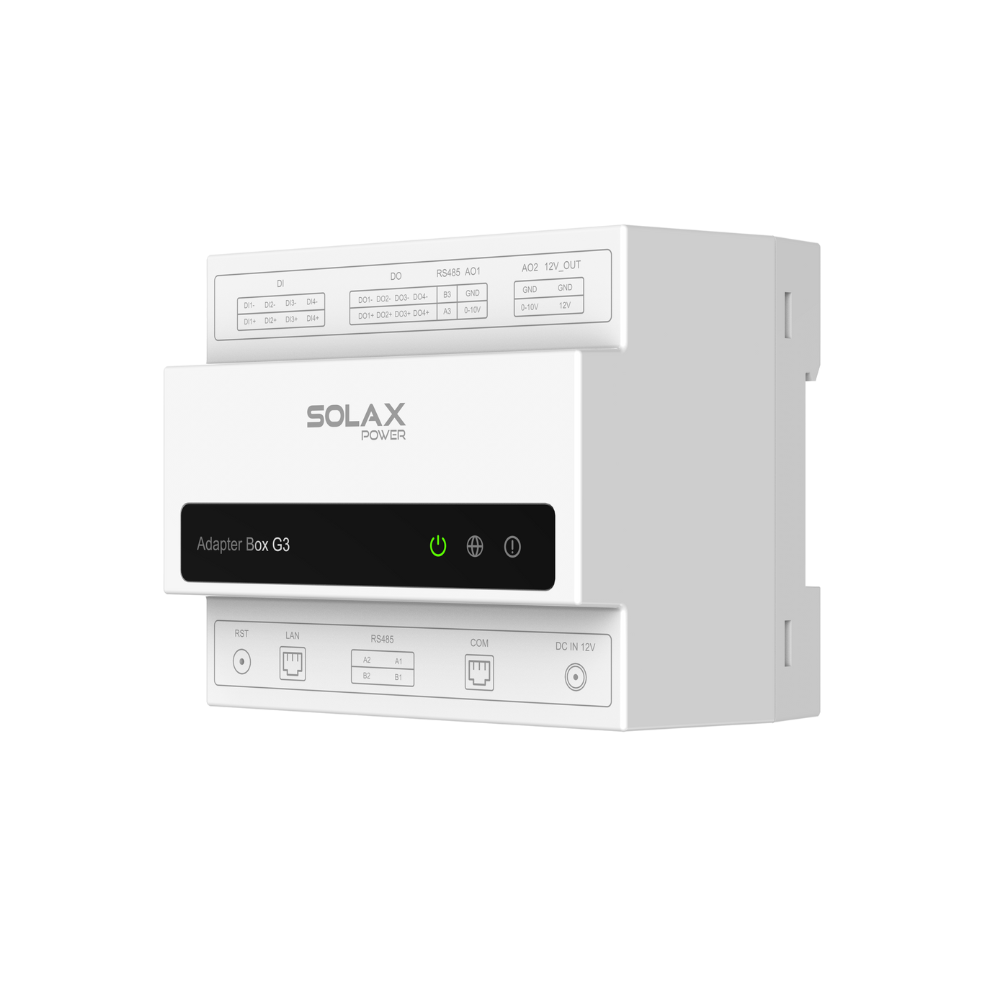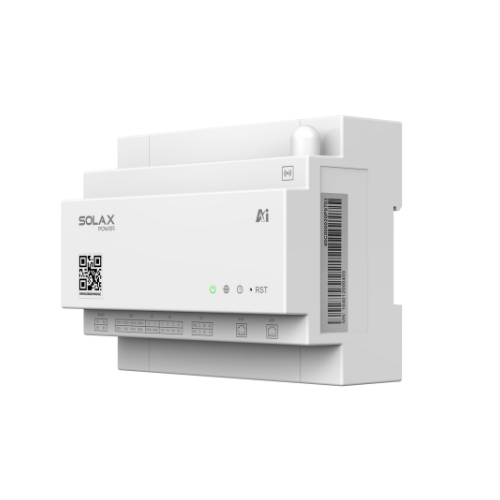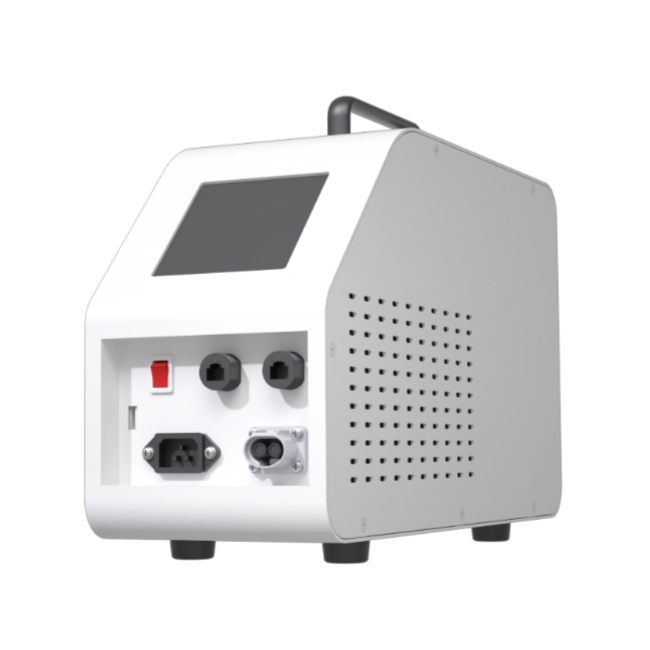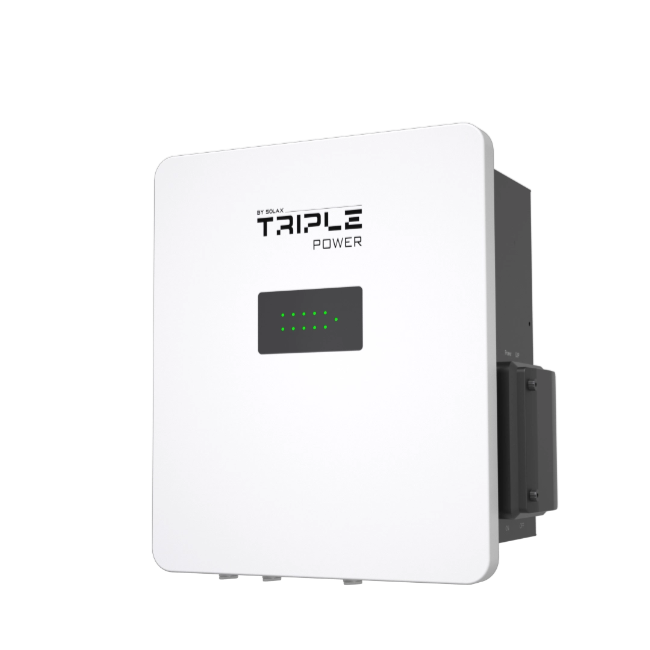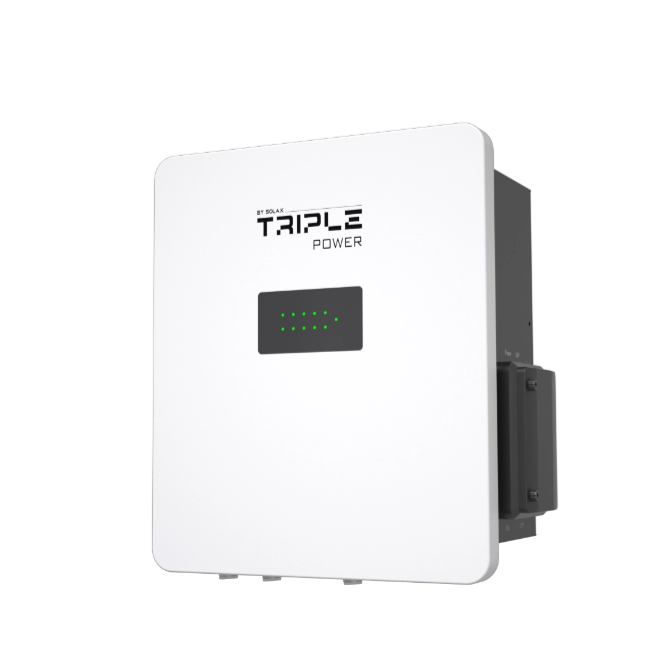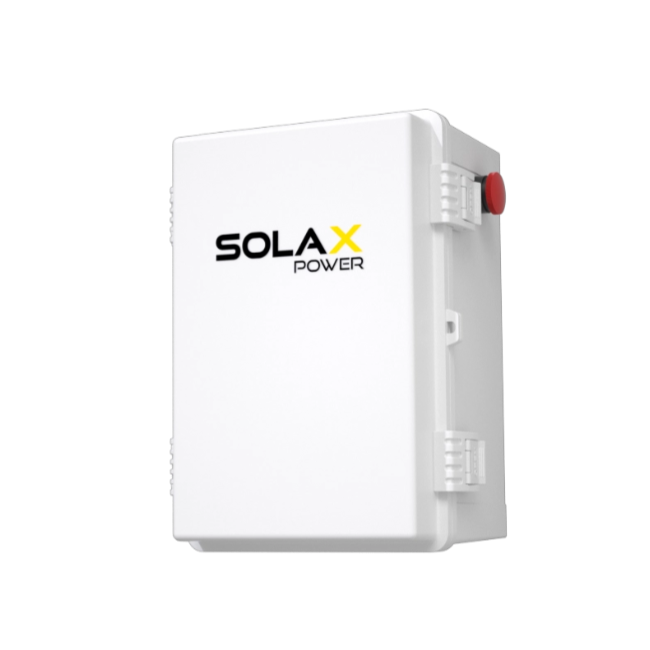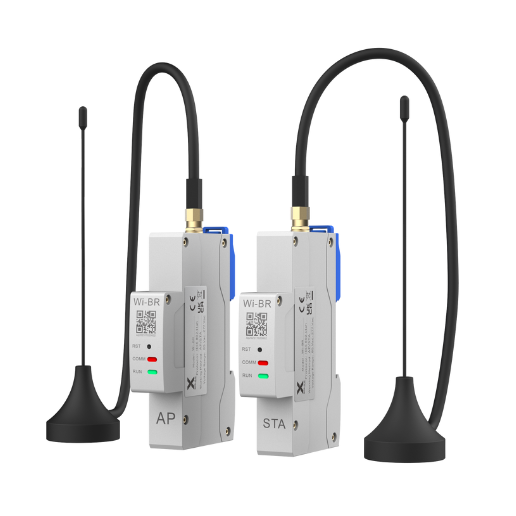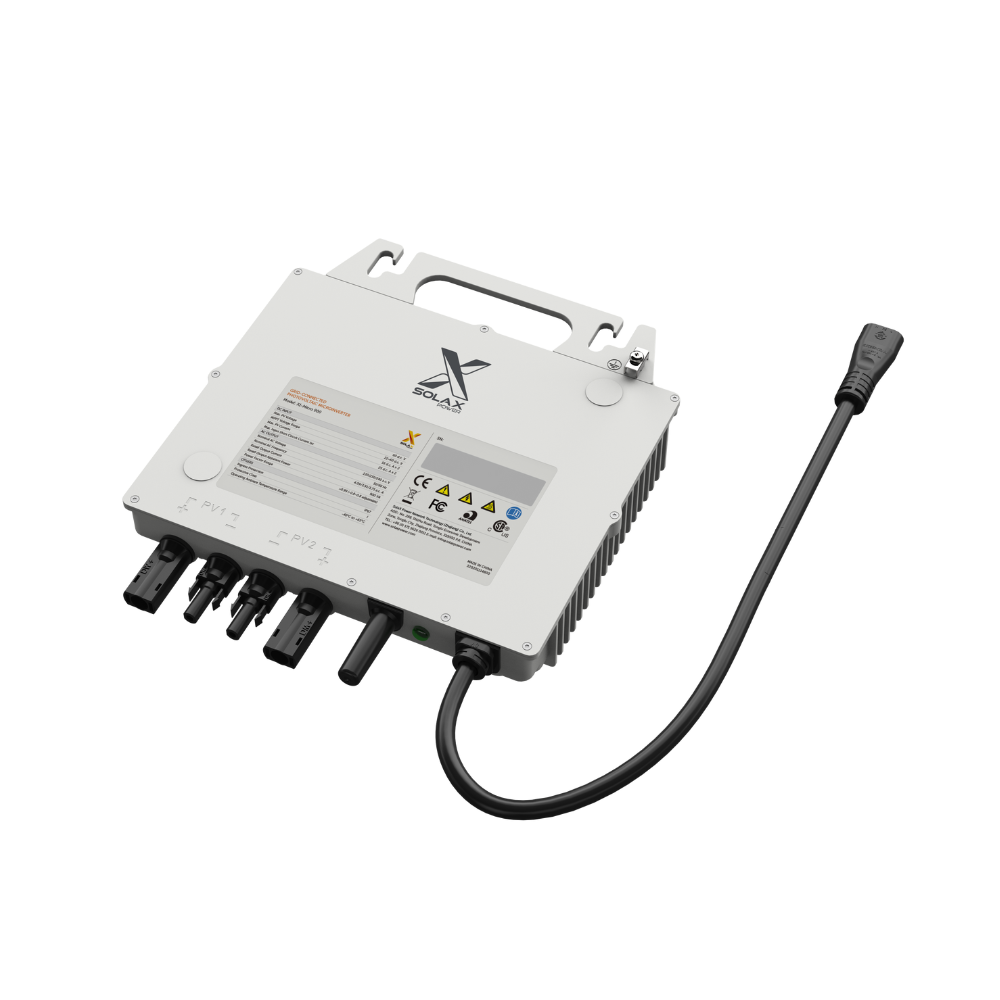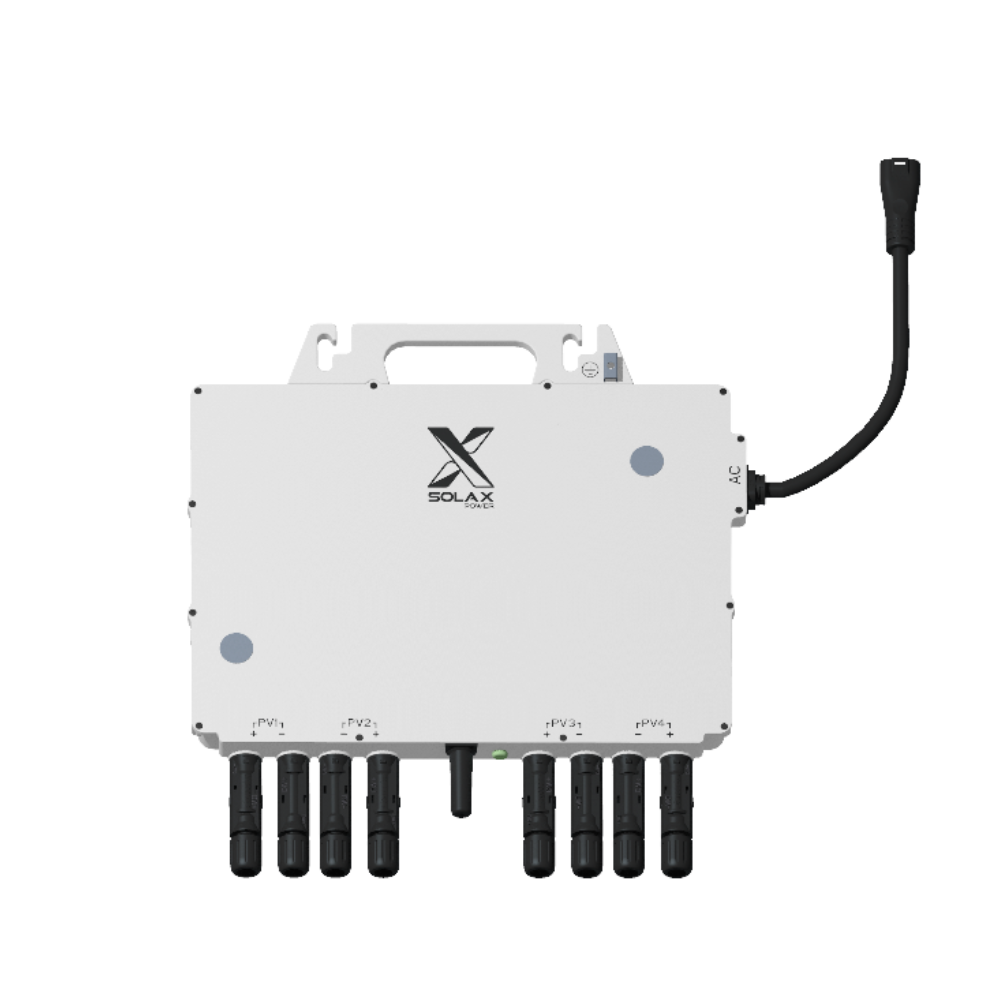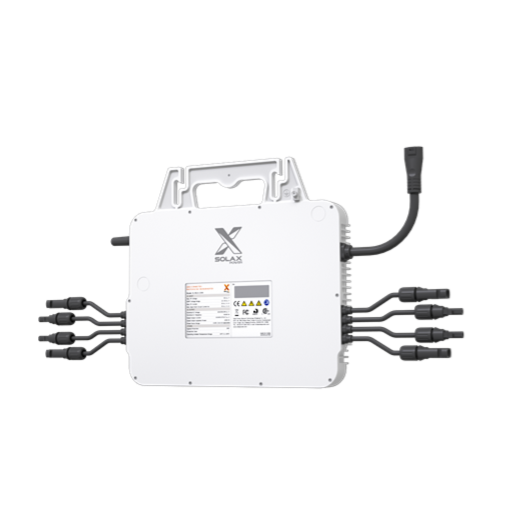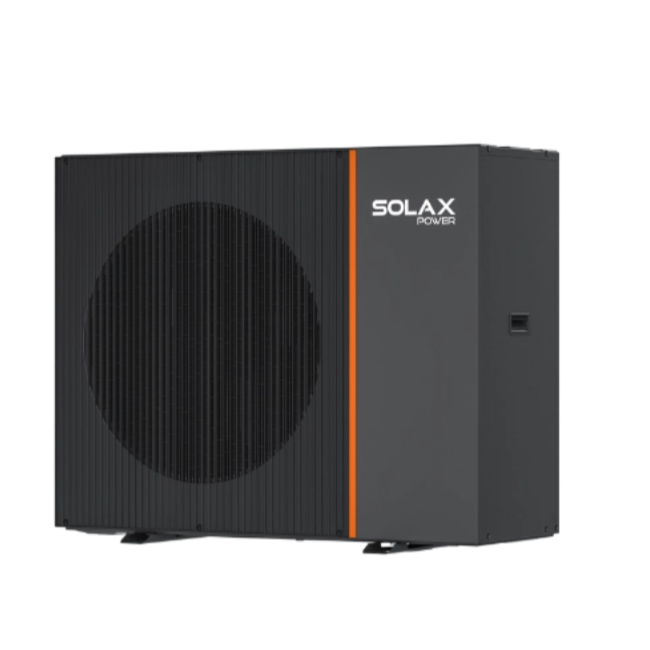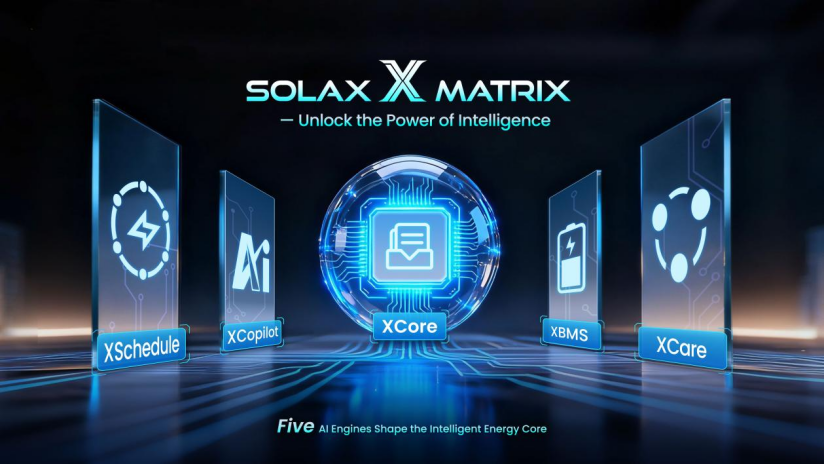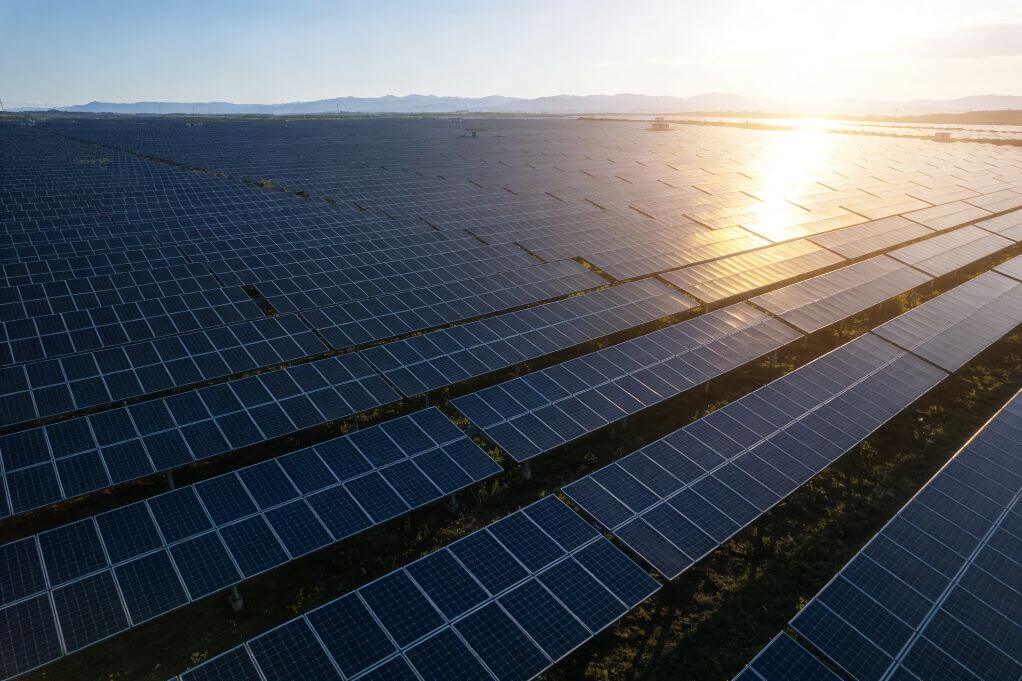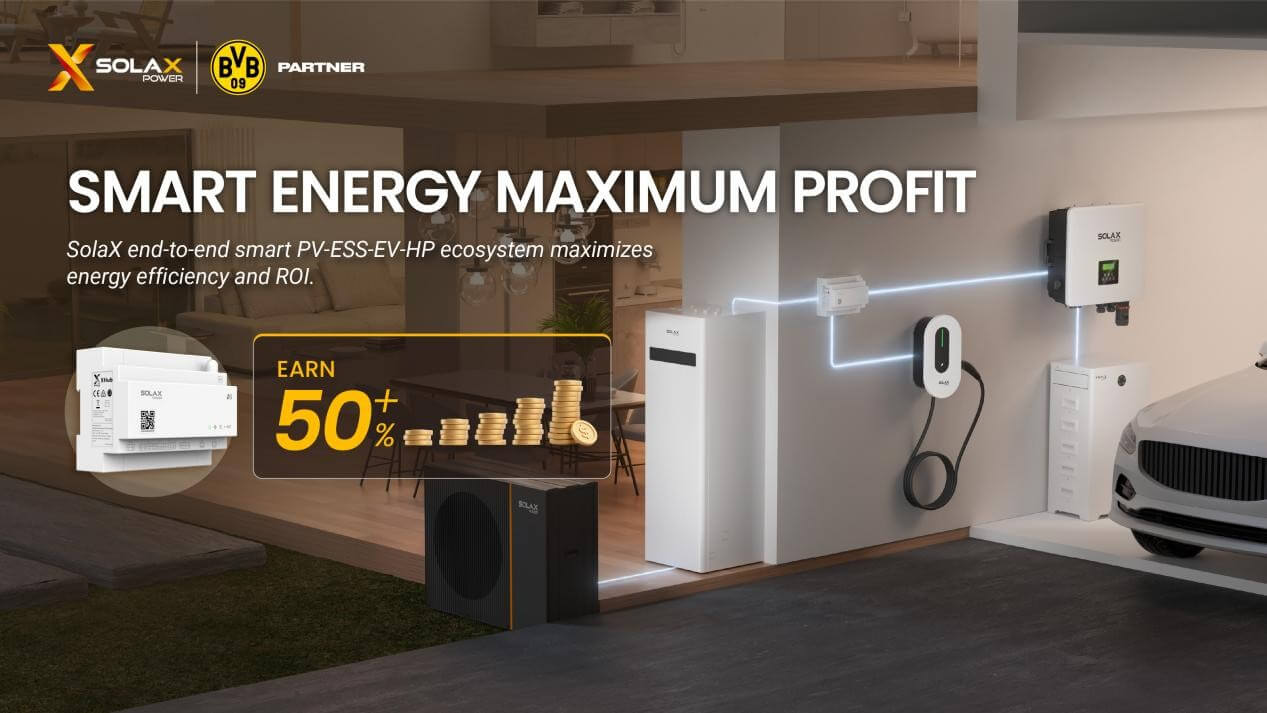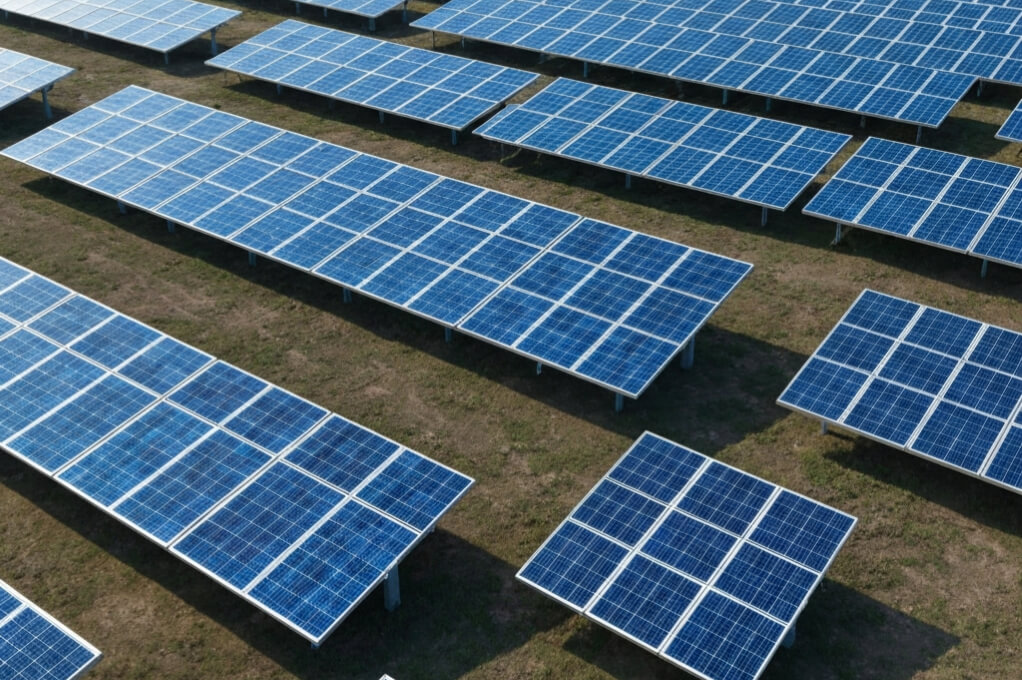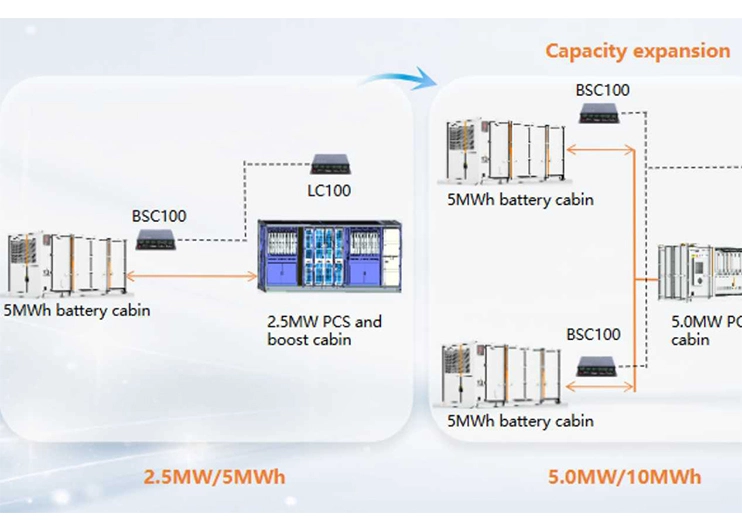June 17, 2025
How C&I Energy Storage Can Help Your Business Go Carbon Neutral?
Share my #SolaXStory
As companies around the world strive toward carbon neutrality, Commercial and Industrial (C&I) energy storage systems are becoming essential tools in the transition. From enhancing the use of renewable energy to optimizing energy usage and reducing reliance on the grid, C&I battery storage empowers businesses to meet sustainability goals while improving operational efficiency.
SolaX, a global leader in smart energy solutions, offers innovative C&I system technology designed to support both large-scale operations and local businesses in achieving low-carbon success.
1. The Role of C&I ESS in Achieving Carbon Neutrality
1.1 Enhancing Renewable Energy Utilization
One of the most powerful aspects of commercial and industrial energy storage is its ability to store excess solar energy produced during peak sunlight hours. This energy can then be used at night or during cloudy periods, ensuring maximum usage of clean energy and reducing dependence on fossil-fueled grid power.
C&I solar companies like SolaX provide integrated solutions that pair large scale solar systems with high-capacity battery storage, making it easier than ever for businesses to operate sustainably around the clock.
1.2 Optimizing Energy Efficiency
A well-designed C&I energy system doesn't just store energy—it helps optimize how and when energy is used. Businesses can schedule high-energy operations during off-peak hours or when stored solar energy is available, avoiding expensive demand charges and time-of-use rates.
With smart monitoring and load shifting, companies can significantly reduce energy waste and improve their overall energy efficiency profile.
1.3 Supporting Demand Response and Grid Stability
Energy storage systems also allow businesses to participate in demand response programs by reducing or shifting electricity use during peak grid demand. This not only supports overall grid stability but can also result in financial incentives from utilities. A C&I energy storage system becomes a strategic asset, improving sustainability while opening new revenue streams.
2. Implementing C&I Energy Storage Solutions
Assessment of Energy Needs
Before installing a C&I battery storage solution, a detailed energy audit is essential. This includes analyzing historical energy consumption, peak load times, solar generation potential, and future growth projections. SolaX provides custom consultation and design services tailored to the unique profile of each business.
Selection of Appropriate Technology
Choosing the right battery chemistry, capacity, and inverter technology is critical. SolaX offers a variety of energy storage systems to fit different scales and applications—from retail and manufacturing to logistics centers and data hubs. Their modular ESS solutions ensure scalability as business needs grow.
Monitoring and Management
Modern C&I solar companies prioritize smart energy management. SolaX’s systems come equipped with advanced control platforms, allowing users to monitor real-time energy flows, battery health, and savings. Cloud-based dashboards make it easy for facilities teams to track performance and make data-driven decisions.
3. SolaX Real-world Impact
Case Study: Szkłomal, Poland
In Lubawa, Warmian-Masurian Voivodeship, Poland, Szkłomal has been manufacturing flat glass and mirrors for over 35 years. After saving nearly 1 million zlotys through SolaX's rooftop PV system, the company took its sustainability efforts to the next level with a SolaX C&I Energy Storage System, model ESS-TRENE (100kW | 215kWh).
4. Frequently Asked Questions
Q1: What are the Financial Benefits of Implementing C&I Energy Storage?
C&I battery storage systems reduce energy bills through peak shaving, load shifting, and renewable energy self-consumption. Additional benefits include government incentives, reduced downtime, and new revenue opportunities from grid services.
Q2: What Types of Energy Storage Technologies are Commonly Used in C&I Applications?
Most energy storage systems use lithium-ion batteries, known for their high energy density, long lifespan, and fast charging capabilities. Some larger installations may also use flow batteries or hybrid systems depending on the operational profile.
Q3: How Do I Determine the Right Size and Type of ESS Energy Storage System for My Business?
SolaX provides energy assessments to determine the optimal capacity and configuration based on your energy profile, goals, and budget. Scalability ensures future expansion is simple.
Q4: What Maintenance is Required for C&I Power Energy Storage Systems?
Modern C&I energy ESS solutions require minimal maintenance. Routine system checks, software updates, and battery health monitoring are typically handled through automated platforms. SolaX also offers support services and warranties for long-term reliability.
Last News
Explore expert insights, practical guides, and the latest news on SolaX Power.

To the Latest Newsletter
Stay Ahead with the Latest SolaX Updates!
Subscribe
I have read and agree to Privacy Policy and User Terms




